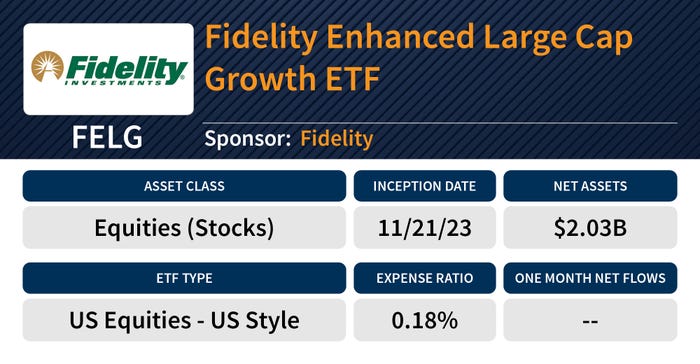GMA to Gauge Shade Of Green
Grocery Manufacturers Association here may soon embark upon an important shopping trip. But rather than select items based on quality or price, GMA is hoping to choose products that are consistent with those purchased by typical shoppers. It'll be a representative market basket of items that the average family would buy on a weekly basis, said Stephen Sibert, senior vice president for industry
June 9, 2008
JULIE GALLAGHER
WASHINGTON — Grocery Manufacturers Association here may soon embark upon an important shopping trip.
But rather than select items based on quality or price, GMA is hoping to choose products that are consistent with those purchased by typical shoppers.

“It'll be a representative market basket of items that the average family would buy on a weekly basis,” said Stephen Sibert, senior vice president for industry affairs at GMA. “We're trying to get a sense, year over year, of how much energy is being reduced in that market basket, and how much packaging, and how much water.”
Its plans are part of a sustainability advocacy campaign that GMA hopes to launch this fall.
As part of the project, GMA will select 15 to 25 items that will become the subject of annual life-cycle analyses that will examine the water, energy and packaging used along those items' journey from turf to table. Reductions will be gauged annually.
“It'll always be the same SKUs, because we want to develop an industry number, rather than a category or SKU number,” noted Sibert.
With its market basket concept, GMA plans to turn an abstract idea into something consumers can easily grasp.
GMA hopes that sustainability-minded retailers and manufacturers will also benefit from its simplifying the story for shoppers.
“The whole idea here is to connect it to the consumer so that they can better understand the concept,” said Sibert. “We've learned from recycling that people don't have a sense about what their efforts are doing. We're trying to make this into something the average consumer can understand.”
GMA's members and their trading partners will play an integral role in the endeavor, noted Sibert.
“Linking our efforts downstream with retailers from all channels, and upstream with our commodity suppliers, is just really key,” he said. “The relationships that we have with packaging companies, suppliers and even agriculture are very important when it comes to measuring our progress as an industry.”
Once published, the metrics will also serve as a barometer against which industry members can gauge their progress.
But before that happens, GMA must gain acceptance of its market basket idea.
“We've been testing it with NGOs, talking with some member companies and having conversations with retailers,” said Sibert. “Everybody likes the concept.”
Meanwhile, GMA's three sustainability work groups — which focus on water, energy and packaging, respectively — will continue to develop best-in-class metrics to advance its members' progress. GMA comprises more than 200 companies that manufacture and market branded and private-label food and consumer packaged goods through retail, wholesale and foodservice channels of distribution.
“We know as an association that we can help our industry find more sustainable practices that benefit their bottom line, the environment and consumers,” Cal Dooley, president and chief executive officer of GMA, told SN. “We're focusing on water, energy and packaging, and the delivery of best practices and other tools that members can incorporate to make a difference.”
GMA is also reaching out to retailers that are not part of the association.
“The cornerstone of our sustainability efforts is aligning with our retail customers,” said Sibert, “so every project we do, we share the results with retailers, and anytime we do anything [sustainability-related], we include retailer thinking on our strategy and execution.”
GMA distributes information to high-volume members of the food channel through a partnership with the Retail Industry Leaders Association. It also works with the Food Marketing Institute and has leveraged the retailer-client relationships forged by analyst partner Deloitte Consulting.
GMA recently began assisting its members in the development of sustainability reports.
“We're helping members with how to put it together, how many copies to print, how to post it, how to distribute it and who to distribute it to,” said Sibert. “We've found a very positive story in terms of the financial performance of those companies who've gone through just a very basic, rudimentary exercise of organizing and cataloging [sustainability] efforts and telling that story to Wall Street, customers and NGOs.”
As part of a recent GMA-commissioned report titled “The Food, Beverage and Consumer Products Industry: Achieving Superior Financial Performance in a Challenging Economy 2008,” analysts from PricewaterhouseCoopers compared the financial performance of CPG manufacturers that have filed sustainability reports with reporting groups, like Dow Jones, to manufacturers that have not.
“Those companies who were reporting on their sustainability practices for 2007 outperformed the rest of the industry — particularly when we segregated larger companies who had sales in excess of $4 billion annually,” Herb Walter, the report's author and CPG and retail advisory partner at PwC, told SN.
About the Author
You May Also Like






